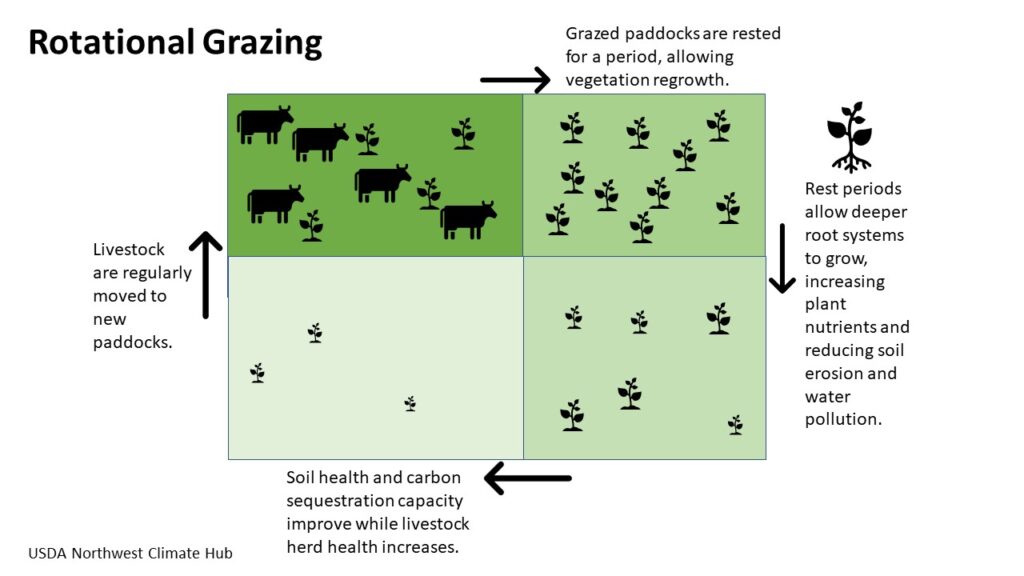- mustango.np@gmail.com
follow us on:
Sustainable horsekeeping practices have become increasingly important in the equestrian world as awareness of environmental issues grows. One key aspect of sustainable horsekeeping is efficient land management. Rotational grazing, where horses are moved between different paddocks to allow for rest and regeneration of pasture, helps prevent overgrazing and soil degradation. Additionally, planting native vegetation can enhance biodiversity and provide natural forage for horses, reducing the need for imported feeds and minimizing the carbon footprint associated with transportation.

Another crucial element of sustainable horsekeeping is waste management. Horse manure, if not properly managed, can contribute to water pollution and nutrient runoff. Implementing composting systems can turn manure into nutrient-rich fertilizer for pastures and gardens, reducing the need for synthetic fertilizers and closing the nutrient loop. Furthermore, rainwater harvesting systems can be employed to collect and store water for irrigation, reducing reliance on freshwater sources and alleviating strain on local water supplies.

Innovations in facility design and energy efficiency also play a role in sustainable horsekeeping. Constructing barns and shelters with environmentally friendly materials and incorporating passive design principles can reduce energy consumption for heating and cooling. Furthermore, utilizing renewable energy sources such as solar panels or wind turbines can further reduce the carbon footprint of equine operations. By adopting these sustainable practices, horse owners can contribute to the preservation of natural resources while ensuring the well-being of their horses and the environment for future generations.
© 2023 Mustango – All Rights Reserved